Mickey doesn’t always get it right.
Content Warning: This article discusses racism, sexual assault, homophobia, anti-fat bigotry, self-harm, and suicide.
Walking into a Disney park is like stepping through the looking glass and entering a story. It’s not just a theme park, it’s a nearly 24/7 theatrical production. Out-of-sight, behind-the-scenes areas are labeled backstage and all employees are lovingly referred to as Cast Members. And if the elaborate costumes and creative set designs weren’t enough to create a suspension of disbelief, there’s a plaque out front just to make it super-duper clear. The design is slightly different, but the words on the bronze entrance sign at Disneyland Park and Magic Kingdom are the same: “Here you leave today and enter the world of yesterday, tomorrow and fantasy.”
But what does it mean to recognize that this fantastical theming and storytelling include cultural appropriation, insensitive tropes, and racism? In the last decade, the Mouse House has taken a hard look at some popular original attractions at both Walt Disney World Resort and Disneyland Resort and attempted to change the story—or even completely rewrite it. Most recently, Disney announced that the long-established Jungle Cruise would remove negative depictions of Indigenous people. It’s on the heels of plans for a complete overhaul of Splash Mountain, which is inspired by Disney’s now-shelved Song of the South movie. But despite an effort to eliminate racist elements, other problematic stories remain, running the gamut from transphobia to fat-shaming to even a joke about suicide. Here’s a look at the most problematic rides, shows, and hotels at Disney, from the stories that have been removed to what still needs an edit.
What Has Changed
Disney’s Port Orleans Resort
Today, Disney’s Port Orleans Resort has the most guest rooms on Disney World property with more than 3,000 rooms and themed-suites. It’s a combination of two sister hotels: Port Orleans French Quarter and Port Orleans Riverside. Everything at Disney has a backstory, even hotels. And the story at Port Orleans is all about New Orleans with Mickey-shaped beignets, Mardi Gras-inspired decor, and landscaping reminiscent of the Louisiana bayou. However, before joining the Port Orleans brand umbrella, Riverside was its own property called Disney’s Dixie Landings Resort.
The design featured the southern plantation-style Magnolia Bend mansion buildings with a backstory as AllEars notes built around a cotton plantation from the era of American chattel slavery. In 2001, Disney rebranded and scrubbed all mention of the word “Dixie,” a word that is often used to romanticize the South before the Civil War. And they’re not the only theme park to do so.
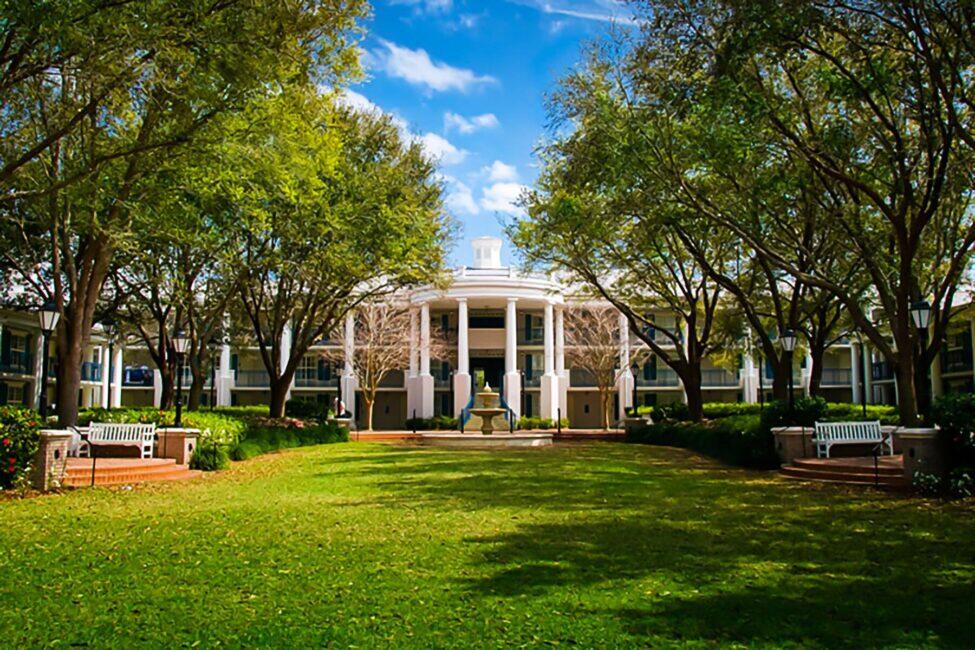
Last year, Dolly Parton’s themed entertainment branch, which includes Dollywood and select theater experiences in Pigeon Forge, Tennessee, removed “Dixie” from the Dixie Stampede, an iconic dinner rodeo show. In an interview with Billboard, Parton said, “Don’t be a dumba**. If it’s a problem, fix it.” And on the surface, Disney did fix Riverside. However, when the resort underwent renovations in 2012, it was described as the “Old South,” which probably isn’t the best choice of words if they’re trying to shake the racist vibes.
The American Adventure
In the semi-circle of country pavilions at EPCOT’s World Showcase, America anchors the center with a giant amphitheater, a new BBQ joint, and the best, largest, and cleanest restrooms on Disney property. But the pavilion also features The American Adventure, an abridged, retelling of American history via 35 animatronic historical figures, from Susan B. Anthony to Frederick Douglass.
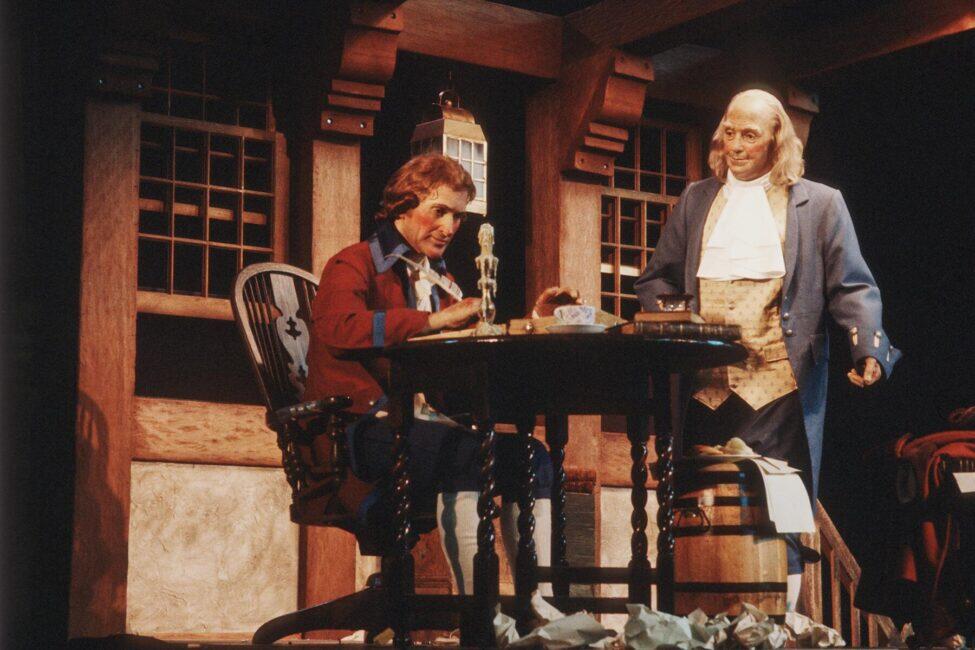
The colonial-style theater where the show takes place features a grand entrance with more than 40 flags from U.S. history on display. However, until 2015, one of those flags was the third version of the Confederate flag with the infamous Southern cross design. According to the Orlando Sentinel, Disney confirmed the removal of the flag but didn’t offer additional comments.
Pirates of the Caribbean
One of the most iconic attractions at Disneyland and Disney World, Pirates of the Caribbean, was also the most technologically-advanced for its time with a level of animatronics that had never been seen before. But decades later, and under new scrutiny amid the #MeToo movement, one scene from the vintage ride became increasingly cringeworthy and Disney finally deemed it had to go. The scene featured male pirates selling off “wenches” for brides who were bound in a chain-gang-like line. The captives cried into their handkerchiefs, or animatronically shuddered, as men shouted lines like, “Shift yer cargo, dearie. Show ’em yer larboard side.” As the boat moves through the vignette, a woman who has escaped capture is being chased by a male pirate.
In 2019, Disney reimagined the story sans human trafficking and turned one of the victims into a strong female lead. While not all park-goers saw the change as necessary, visitors such as LA Times journalist Lorraine Ali, who covered the ride renovation, said that she remembers the original scene as a child. And it was terrifying. “I didn’t even particularly know why they were being chased,” she said. “But it scared me. Because I knew that a man was chasing a woman who looked terrified.”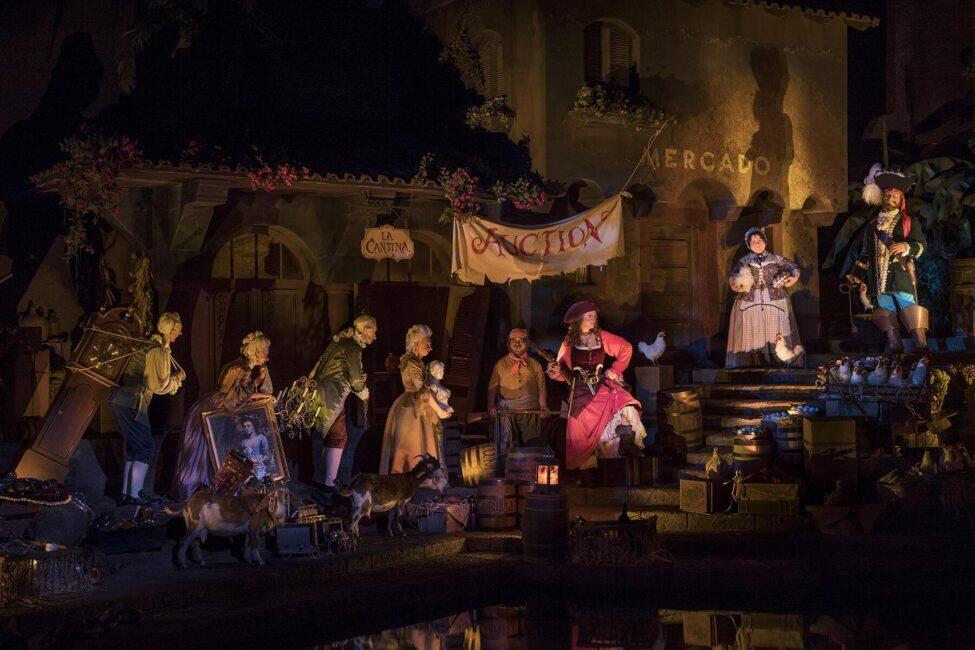
Tom Sawyer Island
Given Disney’s long history, it’s unsurprising that much of the source material behind its original attractions contain racist content, and Tom Sawyer Island has its own swirl of racist tropes. The rustic, American West-themed island accessible by Rivers of America is found at both Disneyland and Magic Kingdom. And the original Disneyland version is the only attraction solely designed by Walt Disney himself. In many ways, it was a passion project, as Disney revered Mark Twain’s novels. However, the original story featured a scene with a white settler’s cabin on fire and the settler found dead with an arrow through him. It’s implied that the man was attacked and his home set on fire by Indigenous people. A map of the attraction goes further to note an area around the island with an “unfriendly Indian village.” The 1950s and ’60s were full of western TV shows with these stereotypes that Native people were violent and dangerous and Disney’s attraction, which opened in 1956, falls right in line with these harmful depictions. Beyond racist references to Indigenous people, the attraction became an issue with regards to physical safety in 2001 when a girl lost part of her finger due to a toy gun on the island. The rifles have since been removed. And in 2007, the attraction was renamed and rebranded as Pirate’s Lair on Tom Sawyer Island with no mention of “Indians” and an emphasis on swashbuckling coves and treasure.
Rock ‘n’ Roller Coaster Starring Aerosmith
In 2016, Aerosmith’s Steven Tyler’s finger was digitally altered in the Rock ‘n’ Roller Coaster Starring Aerosmith ride’s pre-show video. The scene, which aired unedited for 17 years, displayed what some believe to be a sexually explicit hand gesture. It isn’t clear if Tyler was aware of the gesture’s meaning, but he was not amused with the edit and took to Facebook. “Well, now I am in shock,” he wrote. “Way to give me the finger now Walt Disney World.” Intentional or not, the gesture becomes more troubling given Tyler has a history of sexual abuse allegations including an allegation that he adopted and then impregnated an underage girl.
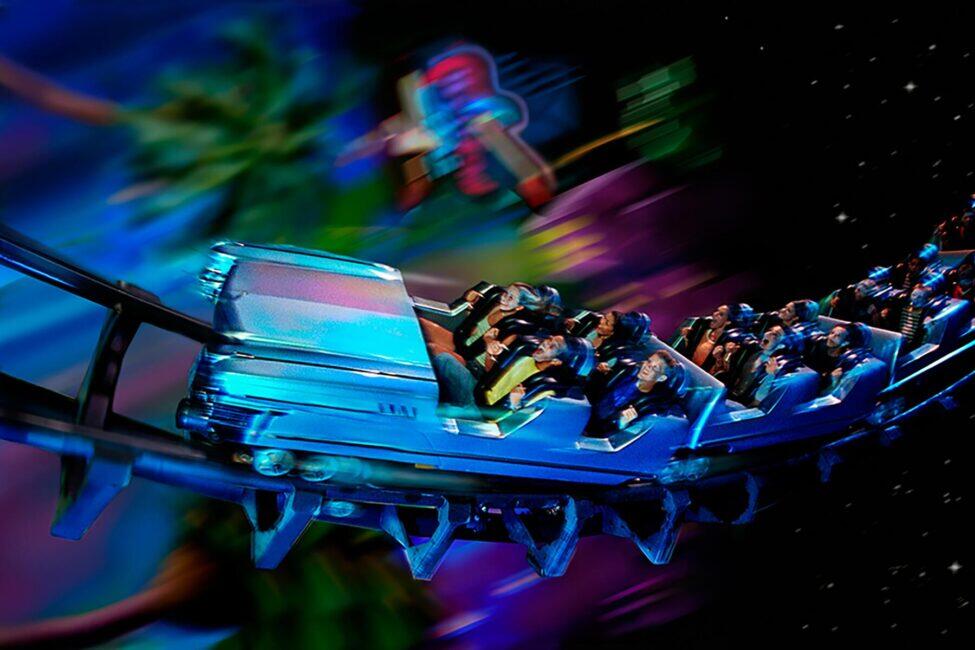 Despite the digital correction, the show is still all a little off-putting. Unlike other attractions, Rock ‘n’ Roller Coaster features real people from the real world. And that brings with it a layer of context about the music industry and the #MeToo movement that we can’t ignore even in a fantasy land.
Despite the digital correction, the show is still all a little off-putting. Unlike other attractions, Rock ‘n’ Roller Coaster features real people from the real world. And that brings with it a layer of context about the music industry and the #MeToo movement that we can’t ignore even in a fantasy land.
What Is Changing
Splash Mountain
In June 2020, Disney announced plans to reimagine the Splash Mountain log flume ride at both Disneyland and Disney World and turn it into a new adventure-themed ride around the movie The Princess and the Frog. Disney stated, “The new concept is inclusive—one that all of our guests can connect with and be inspired by, and it speaks to the diversity of the millions of people who visit our parks each year.” That push for inclusivity is in response to backlash from content in the existing ride which uses Uncle Remus characters that perpetuated Black stereotypes and music from the 1946 film Song of the South. The film has long been criticized for its reference of a “tar baby” among other racist depictions and its view of post-slavery life in the south as Uncle Remus reflects on his time at a plantation and states that life before emancipation “‘twas better all around.”
Disney has worked hard to scrub the film from distribution and you won’t find it on Disney+ for streaming. The question among many park-goers has long been: Why hide the source material without pulling the ride, too? Just days before Disney’s curiously-timed announcement, a petition was created on Change.org asking for Disney to rebrand the ride as The Princess and the Frog. Whether Disney was already in the works with the project or reacting to public opinion, many park-goers see the change as something more than simply removing content with racist ties. Princess Tiana—the only Black Disney princess—is finally getting her own attraction. And for Ashley Carter of Spectrum News 13, it’s sorely needed. The theme park reporter said, “There’s not really a lot of representation for Hispanic, Latino people, Black people, Asian people, and LGBTQ people. It doesn’t really exist.” Part of the problem, Carter says, is a lack of intellectual property (IP) from the TV and film departments. So much IP impacts new rides and shows and merchandise throughout the parks and there’s not much IP featuring Black characters. “It’s movies and TV shows and things that people are familiar with that they’re going to put in the park,” she said. “Well, how much Disney IP is there that features Black characters?”
Jungle Cruise
In January, Disney announced plans to change the story in Jungle Cruise, one of the original opening-day rides at Disneyland and Disney World. The change will remove negative depictions of Indigenous people such as scenes with white settlers being violently attacked by a cannibalistic tribe with spears or a caricature of a shrunken heads dealer. There’s been quite the chatter online with some fans outraged over the change, but Carter believes Disney has an obligation to fix it. “You have to make sure with any depictions you do that they’re done with care. And that they’re not rooted in stereotypes,” she said. “And as long as you can present that in an authentic kind of way, you’re okay. Some of the problems with what’s been coming up lately with the various attractions is that you realize they were rooted very heavily in stereotypes. That they should have never existed the way that it did in the first place, but for whatever reason, it was accepted. And it lasted for decades.”
What Needs to Change
Beauty and the Beast Sing-Along
2017 was a new year for Disney in terms of LGBTQ representation on the big screen. In the live-action remake of Beauty and the Beast, the character LeFou was given an “exclusively gay moment.” The moment wasn’t much, but the flurry of conversation was. And an attitude in the parks started to shift, too, with more visible, rainbow-themed merchandise during Pride Month in the years after. However, in 2020, another remake of Beauty and the Beast premiered at EPCOT with another queer moment. But this one isn’t so nice. And as an LGBTQ person, I was shocked to see it. The animated sing-along is a retelling of Beauty and the Beast through the eyes of LeFou. In this version, he cuts his allegiances to Gaston and wants to help Belle. It’s a strange intertwining of an existing storyline with new animation of LeFou and in one scene, LeFou is seen sewing Belle’s iconic yellow ballroom dress. With a very clear lisp (a dated trope), he talks about the gown’s luxurious silk organza as he rubs his cheek against it.
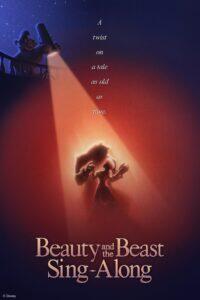
The film cuts to LeFou privately wearing the dress and marveling at his work saying, “Who knew we were both the same size?” He’s clearly enjoying sewing and wearing the dress, but the tone and placement don’t feel positive. The whole bit is set up like a joke with his chest hair exposed. And every time I have been in the theater, the audience laughs at this. You can hear the laughter in this recording. As an LGBTQ person myself—and as someone married to a nonbinary person—the laughter bothers me because I worry it’s funny for all of the wrong reasons. Regardless of intention, the laughter can be triggering. As licensed clinical social worker Shira Rosenbluth points out, the trans community has a much higher rate of suicide and mental health issues and there’s no excuse for jokes. “Imagine an LGBTQ kid in the audience who has tried on a dress before,” she said. “That’s probably a horribly sinking feeling that they’re experiencing watching people mock parts of who they are.”
The Haunted Mansion
To Disney’s credit, park policies for guests, such as no political attire, help keep the parks inclusive and welcoming. Cast Members are even trained to point out directions with two fingers instead of one so as not to offend anyone by pointing at them. There’s so much attention put into creating a happy, jovial atmosphere. And yet, The Haunted Mansion, one of the classic Disney rides, features a story so incredibly dark that it raises some grim questions about Disney’s view of mental health and our view of mental health as a society. In the pre-show for the ride, guests enter the iconic stretching room where a ghost host tells the story of The Haunted Mansion and its 999 happy haunts. The narrator goes on to say that there’s no way out, but that “there’s always my way” to which there’s a loud crashing sound and lights reveal a man’s hanging body, limp and swaying from a noose above the crowd. As an adult, this scene has frightened me not because it’s a haunted house, but because I have depression. It’s hard for me to see an example of suicide and not think about what I’ve dealt with in my own life. And for others who have struggled with suicidal ideation, it’s alarming that there’s not a warning of suicidal imagery in the ride queue. For Rosenbluth, it’s a complete caricature of mental illness. And it’s not okay. “Even when you’re a child and you’re not necessarily registering it, you’re taking it in in some way,” she said. “Making a caricature out of mental illness isn’t something we should be doing. You can make something scary without perpetuating these terrible tropes about mental illness.”
Disney’s Polynesian Village Resort
One of the first resorts on Disney World property, Disney’s Polynesian Village Resort falls into a gray area of theming, kitsch, and completely not understanding a culture. Unlike Jungle Cruise, there are no directly racist depictions of Indigenous people, but there are a lot of hodge-podge references to various Polynesian islands, beliefs, and religions that don’t go together. It was built in a time where the tiki craze had taken the U.S. by storm, when themed bars and cocktails and Hawaiian culture was seen as a fun, party atmosphere rather than actual humans’ actual life. Disney Hawaii Moms say it’s important to remember the image of Hawaii that Americans were getting in the 1960s and ‘70s as that likely shaped Disney’s designs. I chatted with one half of the duo (who wishes to remain anonymous) about where Disney got it right and where it gets weird. “The Polynesian resembles Walt Disney going on a vacation to Hawaii, going back home and recreating what he experienced during that time period,” she said.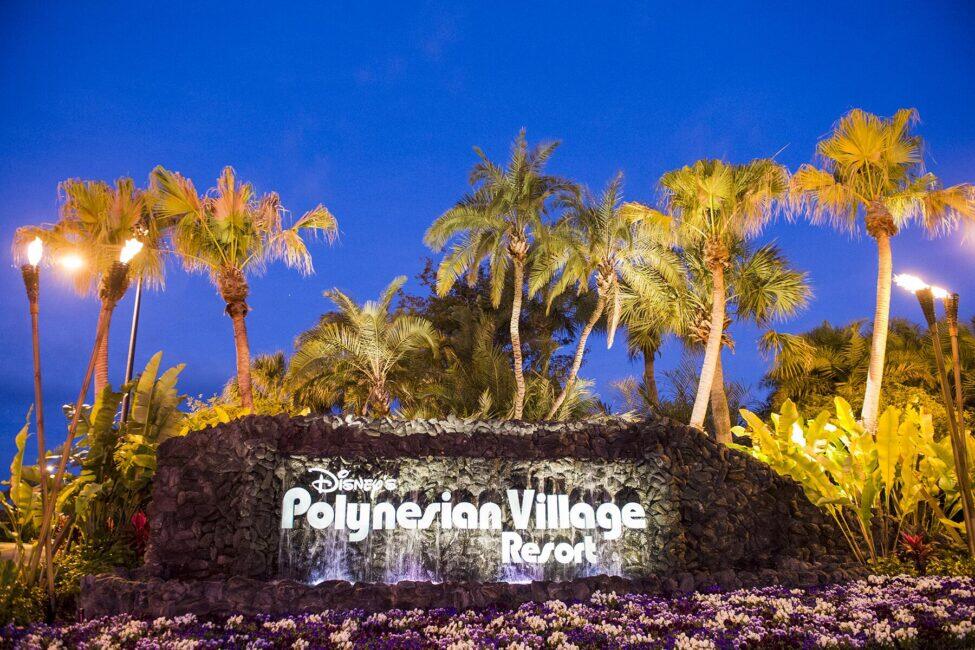
“At the time he was traveling to Hawaii, that would totally be the way Hawaii was portrayed to visitors—in that touristy style.” Forty years later, Disney got it right with Aulani, A Disney Resort & Spa. Instead of mixing different Polynesian cultures, the resort on Oahu focused just on Hawaiian culture. And Disney did their homework. “Aulani is in Hawaii so the expectation is higher,” she said. “And it would be judged by the Hawaiian cultural community if they got it wrong. They got cultural experts to come in and help with everything cultural in the hotel. Now when people come to Hawaii, they are educated about the culture.” As for the weird, the Polynesian’s restaurant Ohana really runs with the whole “Ohana means family” bit from Lilo and Stitch with Cast Members referring to all guests as “cousins” when they’re in the restaurant. Disney Hawaii Moms says that’s not a thing and that Hawaiian people do not call each other cousins.
Country Bear Jamboree
On a scale from “hmmm” to “yikes,” the bears at Country Bear Jamboree in the Magic Kingdom aren’t as offensive as the furry animatronics at Splash Mountain, but they were troubling enough to warrant a slight script edit in 2012. The revamped show which samples songs from old country acts like Tex Ritter and Wanda Jackson cut out eyebrow-raising jokes such as fatphobic comments about a large bear named Trixie. But there’s still a lot of material in the abbreviated show that has guests concerned, such as the song Blood in the Saddle, which describes a graphic scene of a dying cowboy covered in blood, and Trixie’s number, Tears Will Be the Chaser for Your Wine.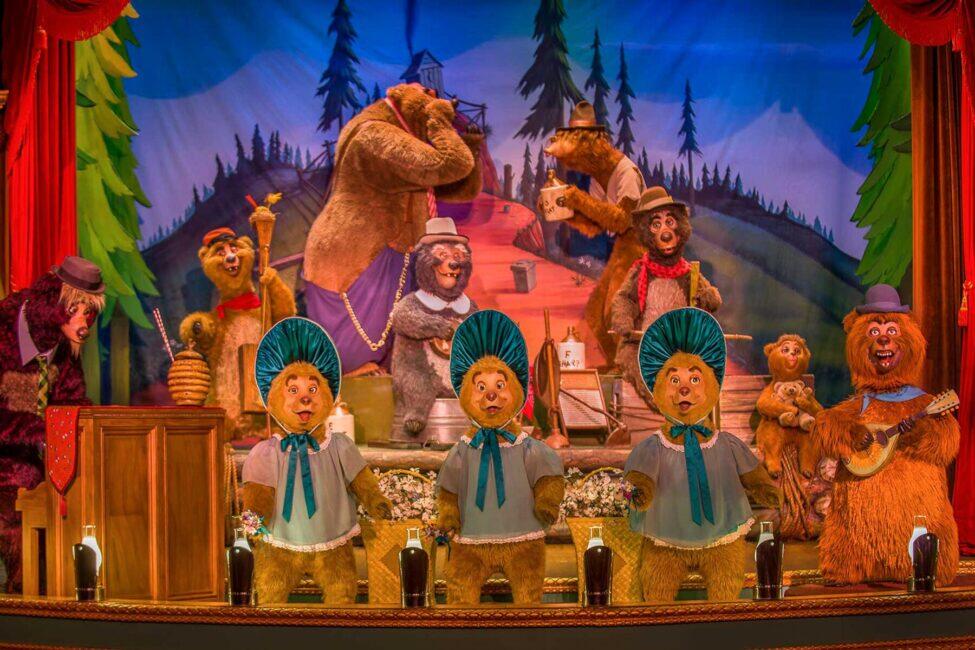
Trixie isn’t the only female bear in the show to know heartache. In fact, every single female bear in the show sings about being undesirable and ultimately dumped, from the Sun Bonnets singing All the Guys Who Turn Me on Turn Me Down to Teddi Barra’s performance of Jean Shepard’s Heart, We Did All That We Could. But what’s different about Trixie’s number is how she’s presented. When she appears in a vignette to the right of the stage, she wears an ill-fitting tutu that emphasizes how large she is and promotes harmful stereotypes of larger people. In one paw, she sloshes a glass of wine around and in the other she holds a handkerchief. It’s not an inspiring image for women or larger people and it’s not just adults picking up on the messaging. According to Rosenbluth, kids are absorbing the message, too. “When you look at the media, every fat character—whether it’s a cartoon, whether it’s a person—is a caricature of this person,” she said. “Like with the bear’s case. She’s really, really fat and depressed and not okay. Or they’re a terrible villain. And if these are the messages that kids are getting, there’s no positive fat representation. We can shrug off the impact and say, ‘Oh it’s just a bear,’ or ‘Oh, it’s just a joke,’ but ultimately when you look at the rates of eating disorders or body dissatisfaction or people dieting again and again and again because we value thinness at any cost, these messages continue to make people terrified of being in larger bodies which is so incredibly stigmatizing to the people who live in larger bodies.”
Peter Pan’s Flight
With the news about changes to Jungle Cruise, another nostalgic ride has come under heat. “Following the Jungle Cruise announcement,” said Carter. “I did see a lot of chatter online saying Disney should take a look at Peter Pan’s Flight because in the movie it has some very questionable depictions of Native Americans.” The ride Peter Pan’s Flight follows the animated classic with vignettes and design directly copied from the film. One of those vignettes features the Indigenous characters from Neverland—characters with a long history of racism and characters that imply Natives are “savages.” Even Disney now admits the characters are racist as the movie features a new disclaimer before it on Disney+ that reads: “This program includes negative depictions and/or mistreatment of people or cultures. These stereotypes were wrong then and are wrong now. Rather than remove this content, we want to acknowledge its harmful impact, learn from it, and spark conversation to create a more inclusive future together.”
The acknowledgment is great, but it begs the question: If the source material is racist, shouldn’t the ride with the same imagery—in the very least—warrant a similar warning or disclaimer before entering the ride queue? What’s more troubling is that in 2015, the ride did undergo refurbishment and a high-tech, interactive encounter with Tinkerbell was added to the waiting line. That could have been a great opportunity to take out the characters and the scene.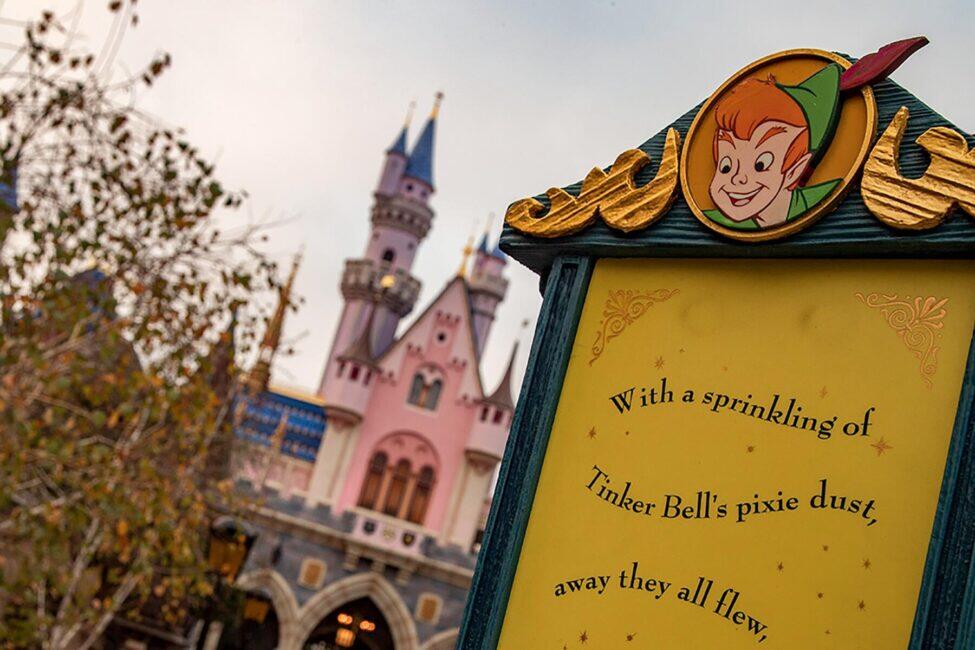
Dreamer’s Point
EPCOT is currently undergoing a complete reimagining of the front half of the park with new rides, new attractions, and a statue of Walt Disney at a new spot called Dreamer’s Point. It’s a strange move to add another statue commemorating the man behind the mouse when the version of EPCOT as guests know it wasn’t even Disney’s concept. And Disney wasn’t exactly a saint. There’s a spectrum of eye-widening claims about him on the internet, from friendships with Nazi sympathizers to the widely-circulated letter he once wrote a female animator stating that women didn’t animate. At best, his prejudices reflected unfortunately common views of the time. So why immortalize the man in metal again? Most of the rides that are being changed or should be changed were created under his management and are a product of his American views of a general, fictitious exotica. And that’s not the Disney of today.
As a company, Disney is being more careful with Indigenous cultures and representing people of color. For recent releases such as Moana, Aladdin, Mulan, and Frozen, production crews consulted with Indigenous peoples for the content displayed on the screen. And as the IP from those franchises trickles into the parks in the form of new rides and attractions, there likely won’t be problematic depictions because the producers on the source material did their homework and are being held accountable. The wheels are starting to turn in a positive way for more diverse representation onscreen which will eventually change representation in the parks, too. Disney the man no longer reflects the values of diversity and inclusion that the current park executives aspire to live out. The parks have grown and evolved with new creatives and it seems bizarre to shine a spotlight on a 120-year-old man who, like some of his films and attractions, might need a disclaimer.
If you remove everything that is potentially triggering, life can become pretty bland and boring. It's the responsibility of parents, not corporations, to explain things to their children and guide them.
As someone who lives in a larger body, obesity is terrible for health and shouldn't be celebrated.
And though statues seem to trigger some people, Walt Disney is still the inspiration for everything the company does. It's fine if they want to put another statue of him on their private property. It's his name on the company.



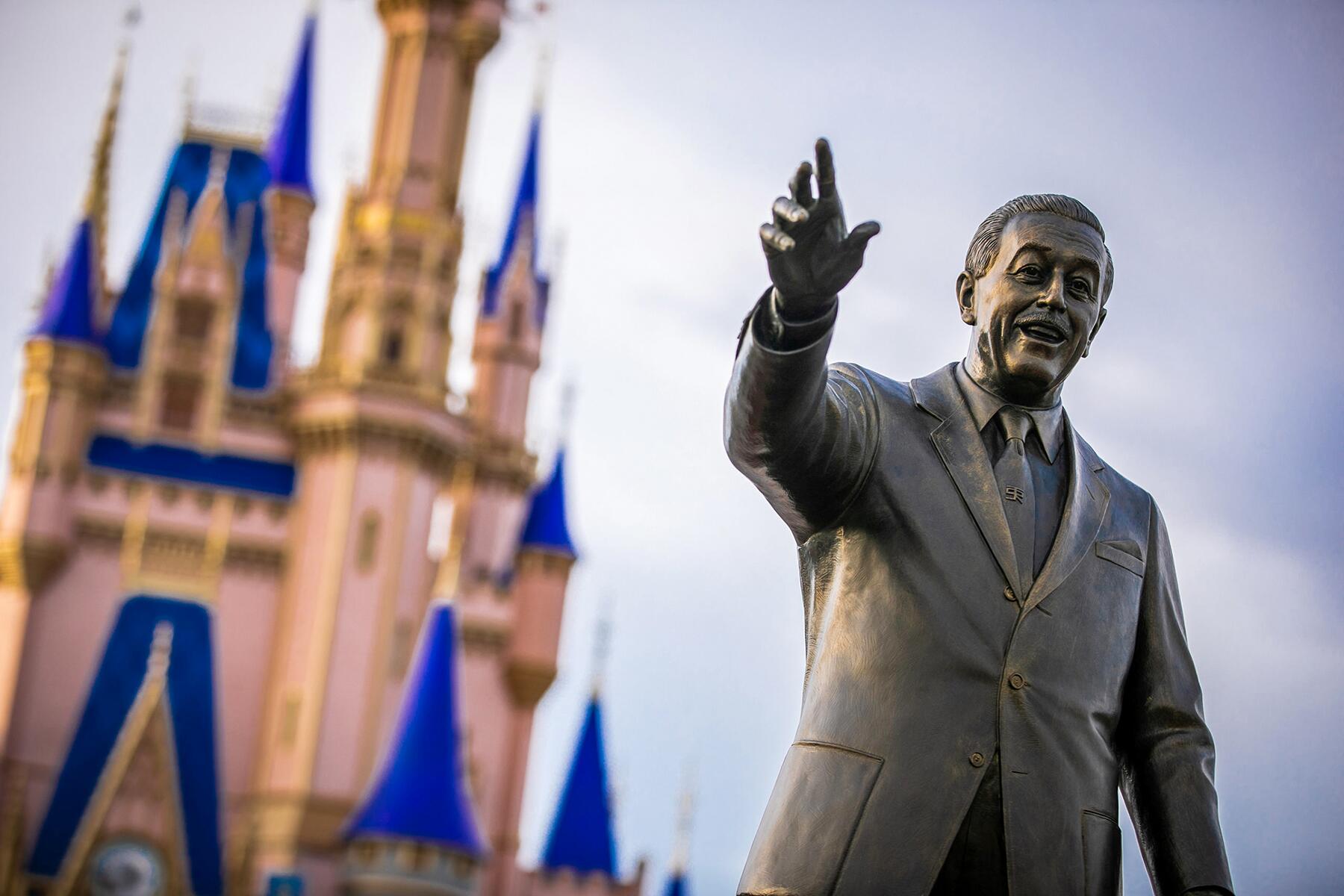
Sure, you could see problematic depictions and take time out from a pleasure ride to teach your kids a lesson. Who does that? NOBODY. That's not why you paid all that money to take your kids to Disney. Better to just ditch those stereotypes.